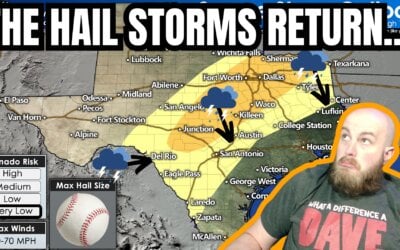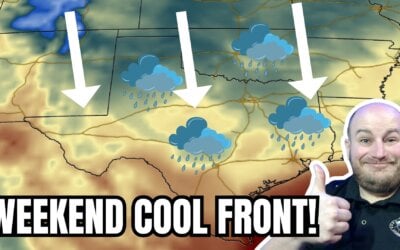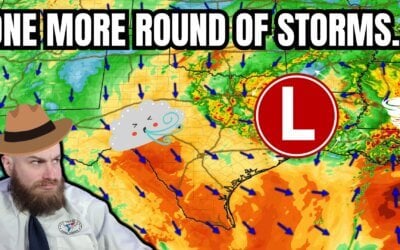Happy #WeatherWednesday everyone! You know what a cold front is, and normally can identify when one has passed. What about an “outflow boundary” passage? What is that? You may have heard the term. In most cases, they aren’t even noticeable to an observer. Today we will give a little background on the what, how and why.
An outflow boundary is a weather front that separates two different air masses, as does any front. This kind of front develops from storm complexes, as opposed to cold/warm/stationary/occluded fronts that result from ordinary mid-latitude cyclones (low pressure systems). The difference in air masses is also much more subtle a majority of the time with OFBs.
An outflow boundary can behave similar to a cold front, a warm front, or a stationary front depending on the environment it’s in (i.e. Surface wind velocity, strength of surface heating). They come into existence when a storm or complex of convection releases a “cold pool” and the denser than ambient air surges out relative to the storm. The air is colder and denser because of the cooling effect of rain – evaporative cooling due to latent heat absorption. Once a storm cell dies, the remnant cold pool can vanish or it can survive hours to a day or two depending on the environment.
Despite how subtle an OFB can be with its temperature gradient or wind direction/speed change, it can be the focus for newly developing convection. In volatile atmospheres it is always worthy to note where these fronts exist. They are great helicity and moisture convergence enhancers! This is why meteorologists pay attention to them even if they don’t make you feel any different when they pass through your location!





0 Comments